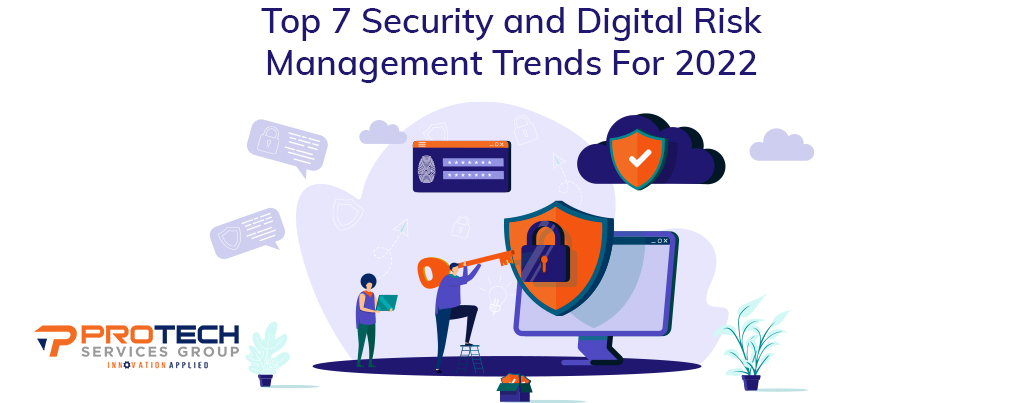In today’s digital landscape, organizations face an ever-growing number of cyber threats. As cybercriminals become more sophisticated, relying solely on traditional cybersecurity measures is no longer enough. It’s time for businesses to adopt a more proactive and holistic approach by embracing the concept of cyber resilience. Cyber resilience goes beyond just defending against attacks; it focuses on an organization’s ability to withstand, respond to, and recover from cyber incidents while maintaining critical operations. In this article, we will explore the shift from cybersecurity to cyber resilience and why companies need to rethink their strategies to thrive in the face of evolving cyber threats.
- Understanding the Limitations of Cybersecurity
- Embracing a Cyber Resilience Mindset
- Building a Cyber Resilience Strategy
- Collaboration and Partnerships
Understanding the Limitations of Cybersecurity:
While cybersecurity has been the dominant approach to protecting digital assets, it primarily focuses on preventive measures such as firewalls, antivirus software, and encryption. However, it has its limitations. Cybersecurity measures can be breached, and the threat landscape is constantly evolving. Relying solely on a cybersecurity strategy leaves organizations vulnerable and reactive.
Embracing a Cyber Resilience Mindset:
Cyber resilience takes a proactive and comprehensive approach to protect an organization’s digital ecosystem. It acknowledges that breaches are inevitable and aims to minimize the impact by focusing on readiness, response, and recovery. It encompasses technical solutions, people, processes, and policies to ensure continuous operations and minimize disruption.
Building a Cyber Resilience Strategy:
- Risk Assessment: Conduct a thorough risk assessment to identify vulnerabilities, evaluate potential impacts, and prioritize areas for improvement. This includes assessing the entire ecosystem, from infrastructure to applications, third-party dependencies, and human factors.
- Incident Response Planning: Develop a robust incident response plan that outlines clear steps and responsibilities in the event of a cyber incident. Establish communication channels, incident escalation procedures, and coordination with internal teams, external partners, and law enforcement, if necessary.
- Regular Training and Awareness: Invest in cybersecurity awareness training for employees at all levels of the organization. Educate them about emerging threats, best practices for data protection, and how to identify and report potential security incidents.
- Continuous Monitoring and Threat Intelligence: Implement robust monitoring systems to detect and respond to cyber threats in real-time. Leverage threat intelligence sources and stay updated on the latest attack vectors, vulnerabilities, and industry trends.
- Data Backup and Recovery: Establish regular data backup procedures to ensure critical information is protected and can be restored quickly in the event of a breach. Test and validate data recovery processes periodically to ensure their effectiveness.
Collaboration and Partnerships:
Recognize that cyber resilience is a collective effort. Establish partnerships with trusted cybersecurity vendors, industry peers, and government agencies to share threat intelligence, best practices, and incident response expertise. Engage in information-sharing forums and collaborate on cybersecurity initiatives to enhance collective defense against cyber threats.
Conclusion:
As the digital landscape continues to evolve, organizations must shift their mindset from cybersecurity to cyber resilience. Embracing a cyber resilience strategy equips businesses to withstand and recover from cyber incidents effectively, reducing the impact on operations, reputation, and customer trust. By investing in comprehensive risk assessments, incident response planning, continuous training, and collaborative partnerships, companies can adapt and thrive in the face of ever-evolving cyber threats. The time to rethink cybersecurity strategies is now, as the path to resilience lies in proactive preparation and a comprehensive approach to cyber defense.

Protech has a layered security approach that is specifically designed to work with a variety of services to create a plan to protect you from potential cyber threats. If you want to learn more about the holistic, proactive services that we have to offer, then connect with us today!









